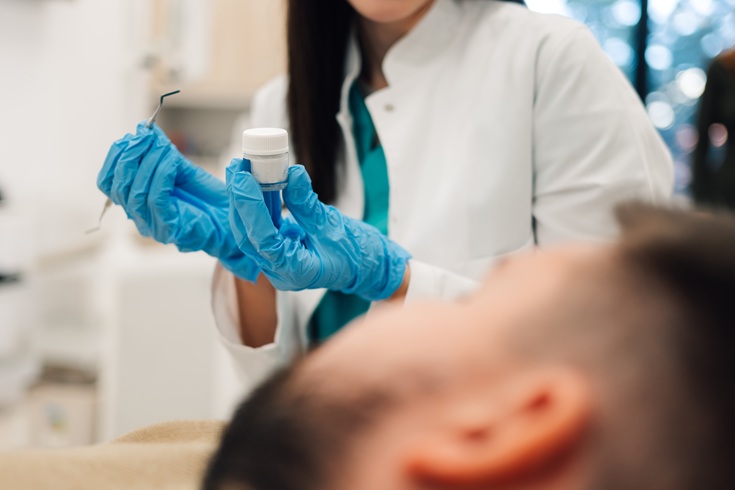Fluoride Treatments: How Frequently Do You Need Them?


Fluoride treatment has been a part of preventive dental care for decades, for an important reason. It is one of the easiest and simplest techniques, especially if you’re someone who gets cavities quite often or has enamel damage. But a more important question dentists are often asked during regular cleanings is: ‘When should I have fluoride treatments?’ That depends on your health history, lifestyle, and risk level.
Let’s break it down in a practical, honest way—with no hype.
What Fluoride Does for Your Teeth
Fluoride is not an add-on to routine cleanings, it is a mineral working hard behind the scenes. Fluoride can strengthen tooth enamel, repair incipient caries (early decay), and protect weak spots from acid attacks fueled by food and bacteria. This is critical in areas of your mouth that don’t receive regular brushing, like the interdental space – that critical narrow gap between two teeth.
Over time, small enamel breakdowns can lead to cavities. Fluoride slows down this process—or prevents it entirely. And if you have dry mouth, braces, crowns, or a history of dental caries, you might need fluoride more often than others.
How Often Is Too Often?
There is no one-size-fits-all fluoride treatment schedule. Most people enjoy their benefits by undergoing the treatment every six months as part of routine dental checkups. If your dentist notices signs of enamel erosion or regular cavities, they may recommend treatments more frequently.
The American Dental Association (ADA) assures that fluoride treatments are safe for both children and adults. What is key is tailoring the frequency of treatment to suit your requirements. For instance:
- Low-risk patients: Once every 6–12 months
- Moderate risk (occasional cavities or gum inflammation): Every 3–6 months
- High risk (frequent decay, dry mouth, or gum disease): Every 3 months
These recommendations can shift based on your age, habits, or recent oral health changes.
Factors That May Increase Your Fluoride Needs
Some people naturally require more help keeping their enamel healthy. You might fall into this group if you:
- Use medication that causes dry mouth
- Have exposed tooth roots
- Drink a lot of acidic beverages like soda or citrus juice
- Smoke or use tobacco
For kids, fluoride is especially important while their teeth are still developing. Regular applications at the dentist’s office can significantly reduce the risk of decay in permanent teeth.
Is Fluoride Safe?
Yes. Professional fluoride treatments use a highly concentrated form, but they’re applied in a controlled setting. Your dentist may recommend varnishes, foams, or gels, depending on your needs. These treatments are different from the fluoride found in toothpaste or tap water. They provide a stronger defense without overwhelming your system.
If you’re worried about overexposure, talk with your dentist. They’ll review your medical history and your current dental habits to ensure the balance is right.
What About Fluoride Outside the Dentist’s Office?
Fluoride isn’t just limited to treatments during checkups. You’re likely getting it at home through toothpaste, some mouthwashes, and tap water. But those sources alone might not be enough if your enamel is already weakened.
For people in Phoenix and other areas with naturally low fluoride in drinking water, fluoride treatments during dental cleanings can play a more critical role. It’s all about combining regular dental hygiene with occasional professional support when needed.
What You Can Do Next
Fluoride treatments are not one-size-fits-all. You may not need them every visit, but skipping them entirely may leave your enamel vulnerable to decay. The best thing you can do is talk with your dentist. They’ll assess your cavity risk, look at your overall oral health, and recommend a treatment schedule that fits your needs.
If you haven’t had a fluoride treatment in a while—or aren’t sure if you should—bring it up to your dentist during the next visit.


